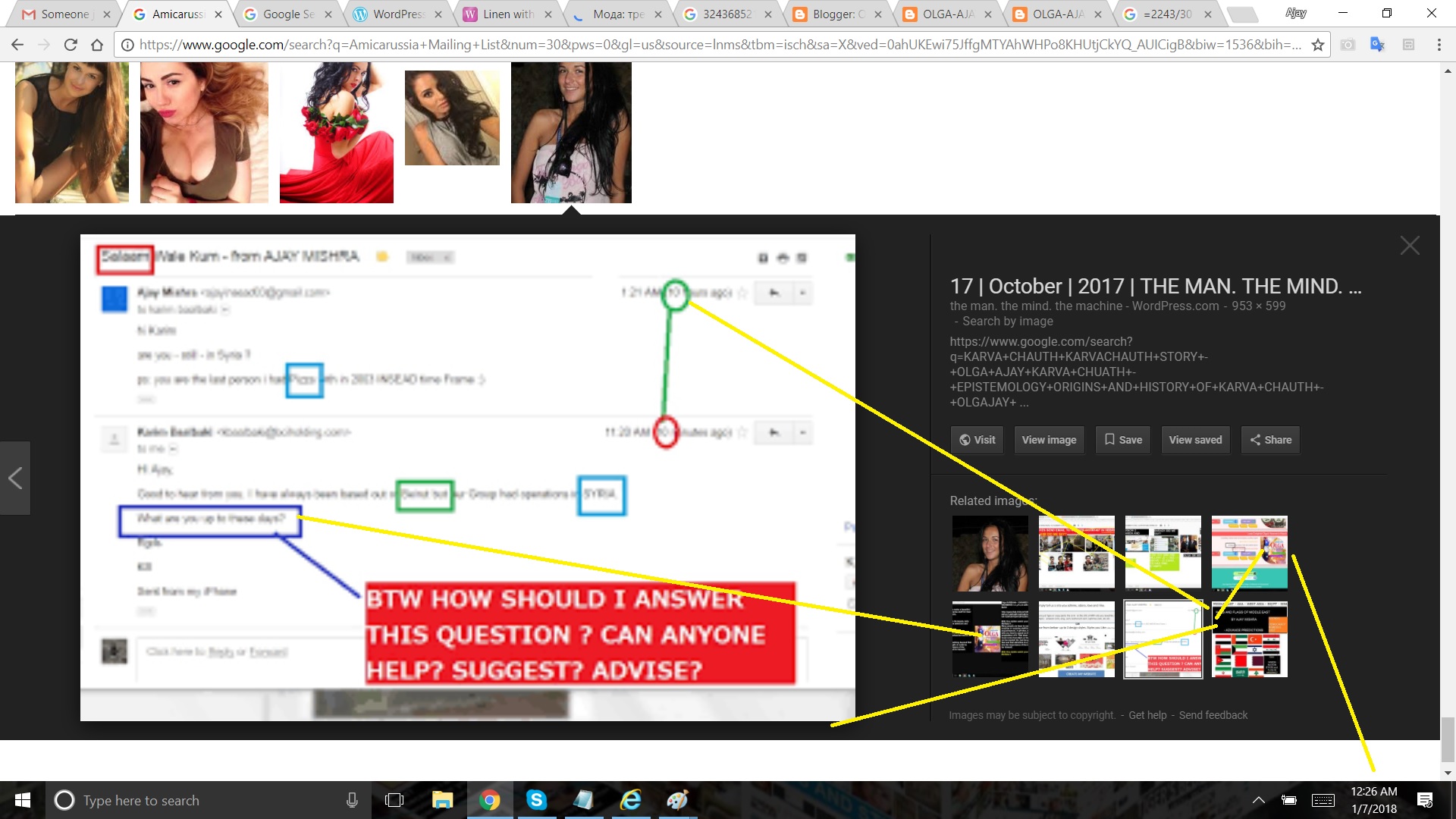

We recommend discontinuing the use of sWBGT. Our results suggest that previous studies using sWBGT tend to dramatically overestimate heat stress and its economic and health implications, which may further misinform policymaking. But they both may seriously underestimate severe heat stress, especially in hot, dry regions. ESI performs much better in measuring average heat stress. sWBGT greatly overestimates heat stress under a hot, humid climate. Here, we evaluate the performance of sWBGT and ESI against a well-validated, explicit physical model of WBGT. But we know little about how well these approximations work for measuring heat stress. However, most applications of WBGT within the climate change heat stress impact literature that do not use WBGT at all but use one of the ad hoc approximations, typically the simplified WBGT (sWBGT) or sometimes the environmental stress index (ESI). Wet-bulb globe temperature (WBGT) is a widely applied heat stress index.

Nevertheless, Liljegren's approach should be preferred over these ad hoc approximations and we provide a fast Python implementation to encourage its widespread use. ESI may be acceptable for assessing average heat stress or integrated impact over a long period like a year, but less suitable for health applications, extreme heat stress analysis, or as an operational index for heat warning, heatwave forecasting, or guiding activity modification at the workplace. We show systematic overestimation of labor loss by sWBGT over much of the world today. Over subtropical dry regions, both metrics can substantially underestimate extreme heat. ESI has much smaller biases in the range of standard climatological conditions. sWBGT greatly overestimates heat stress in hot-humid areas. Here, we assess the bias distribution as a function of temperature, humidity, wind speed, and radiative conditions of both sWBGT and ESI relative to a well-validated, explicit physical model for WBGT developed by Liljegren, within an idealized context and the more realistic setting of ERA5 reanalysis data. Surprisingly, little is known about how well these approximations work for the global climate and climate change settings that they are being applied to.

However, most applications of WBGT within the heat stress impact literature that do not use WBGT at all, but use one of the ad hoc approximations, typically the simplified WBGT (sWBGT) or the environmental stress index (ESI). If the wet-bulb temperature exceeds 35 ☌ (95 ☏) for an extended period of time then people in the surrounding area are at risk of hyperthermia.Wet-bulb globe temperature (WBGT) is a widely applied heat stress index. This causes our internal body temperature to rise. Our bodies sweat to cool off, but, because water evaporates slower in more humid conditions, we cool down a lot slower in humid conditions. As the humidity decreases, the wet-bulb temperature becomes lower than the normal air temperature.ĭata about the wet-bulb temperature is essential when it comes to preventing our body from overheating. When air is at its maximum (100 %) humidity, the wet-bulb temperature is equal to the normal air temperature (dry-bulb temperature). It includes a dry-bulb thermometer, a wet-bulb thermometer and a psychrometric chart - a graph that plots the relationships between the dry and wet-bulb temperature, relative humidity, and dew point at constant pressure.īy definition, wet-bulb temperature is the lowest temperature a portion of air can acquire by evaporative cooling only. This thermometer is part of a device called a psychrometer. It is instead the temperature read by a special thermometer that is wrapped in water-soaked fabric and ventilated. Despite what you might think at first, wet-bulb temperature has nothing to do with light bulbs.


 0 kommentar(er)
0 kommentar(er)
